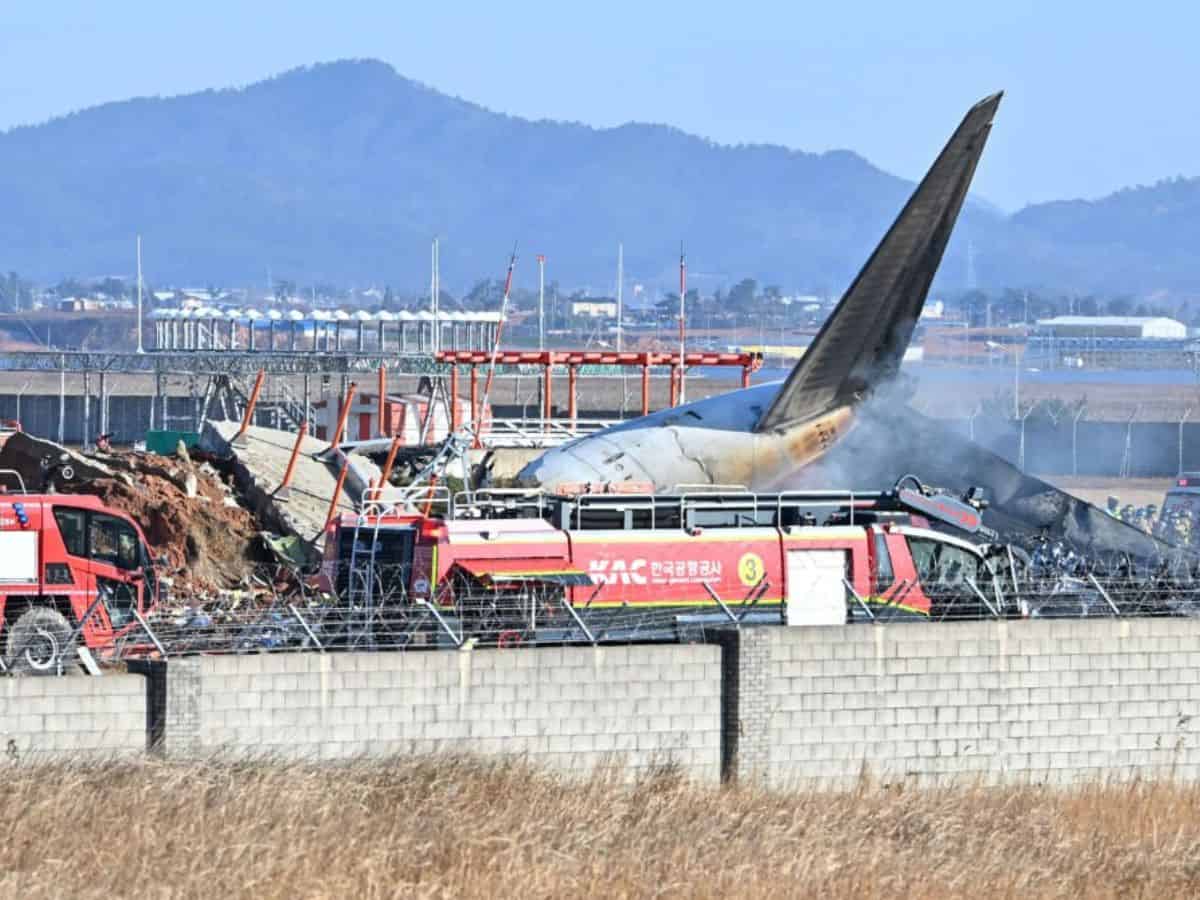
South Korea’s Acting President Choi Sang-mok announced a national mourning period until January 4, following a devastating plane crash that claimed at least 179 lives. This marks the deadliest aviation disaster in South Korea since 1997, when a Korean Airlines Boeing 747 crashed in the Guam jungle, killing 228 people.
The accident occurred at 9:07 am on Sunday, December 29 when a Jeju Air flight veered off the runway during landing and crashed into a fence at Muan International Airport in Muan County, South Jeolla Province, approximately 288 kilometers southwest of Seoul.
Out of the 181 people on board, only two survived. The deaths of 179 passengers and crew were confirmed by local authorities, with the two surviving crew members rescued from the wreckage.
Choi expressed his heartfelt condolences to the victims’ families and pledged full government support to assist them.
What caused the South Korea plane crash?
Experts told CNN that the plane’s undercarriage, specifically the wheels used for takeoff and landing, appeared to have failed to fully deploy before landing. However, the cause of this malfunction remains unclear.
Aviation analysts emphasized that further evidence is needed to determine the exact cause of the crash. Local officials speculated that a bird strike might have occurred before the crash landing, but this theory has not been confirmed.
Lee Jeong-hyun, head of the Muan Fire Department, suggested that the cause might involve a bird strike or bad weather, although the footage from the scene showed clear skies.
David Soucie, a former Federal Aviation Administration safety inspector, cautioned against speculation, stating, “Speculation is the worst enemy of an investigator.” He added, “That’s why information is protected during an aircraft accident investigation; it’s not supposed to be speculated about.”

